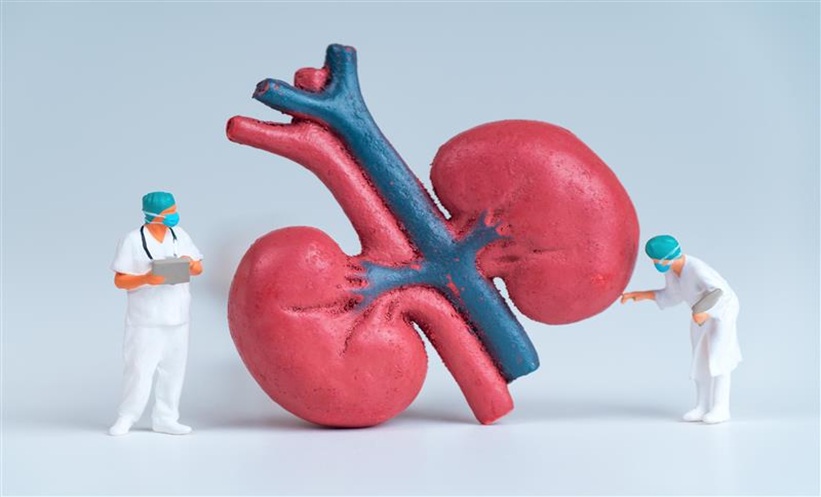Arterial hypertension and diabetes are major causes of kidney failure. Despite there being many potent antihypertensive agents currently available, kidney damage is still an important clinical problem and delaying kidney function decline remains crucial to prolonging patient survival.
Increased activation of the renin-angiotensin system, especially the angiotensin II Type 1 receptors (AT1), leads to blood pressure elevation as well as tissue remodelling. It is widely known that treatment with AT1 receptor antagonists (ARB) inhibits kidney function impairment. Beyond hypotensive properties, a decrease in proteinuria and oxidative stress is responsible for the nephroprotective effects of ARB.
Kynurenic acid (KYNA), a tryptophan degradation product, has natriuretic and hypotensive properties. Kynurenine aminotransferases (KAT) are responsible for KYNA synthesis from the precursor kynurenine (KYN). KYNA is an endogenous broad-spectrum ionotropic glutamatergic receptor antagonist. In this regard, KYNA should be considered to be involved with kidney physiology and pathology. According to some researchers, KYNA can be classified as a uremic toxin.1 High-serum KYNA levels were found in animals and humans with kidney failure.
The aim of this study was to analyse the effect of candesartan, one of the most frequently used ARB, on KYNA production and the activity of KAT isoenzymes (i.e., KAT I and KAT II) in rat kidneys in vitro. Moreover, molecular docking of candesartan to KAT II crystal structure was conducted, along with a search of publicly available microarray data repositories for data on candesartan’s effects on the expression of KAT-coding genes in rat kidneys. The effect of candesartan on KYNA synthesis, as well as KAT I and KAT II activity, was examined in rat kidney homogenates in vitro after a 2-hour incubation in the presence of KYN. KYNA was subjected to high-performance liquid chromatography and quantified fluorometrically.
Candesartan at 0.5 mM and 1 mM concentrations decreased KYNA production in kidney homogenates in vitro to 58% (p<0.001) and 44% (p<0.001) of control values, respectively. At 0.1 mM, 0.5 mM, and 1.0 mM concentrations, candesartan decreased KAT I activity in kidney homogenates in vitro to 66% (p<0.05), 56% (p<0.01), and 49% (p<0.01) of control values, respectively. Candesartan at 0.1 mM, 0.5 mM, and 1.0 mM concentrations decreased KAT II activity in kidney homogenates in vitro to 51% (p<0.01), 10% (p<0.001), and 3% (p<0.001) of control values, respectively. Molecular docking results suggested that candesartan binds to residues within the active site of KAT II, mirroring the interactions of the natural substrate KYN, which suggests a competitive mechanism of inhibition. The available data do not confirm the effect of candesartan on KAT-coding genes.
In conclusion, candesartan inhibits KYNA production because it decreases KAT I and KAT II activity in rat kidneys in vitro. Our findings present a novel mechanism of candesartan’s action in rat kidneys that may be correlated with its nephroprotective properties.







